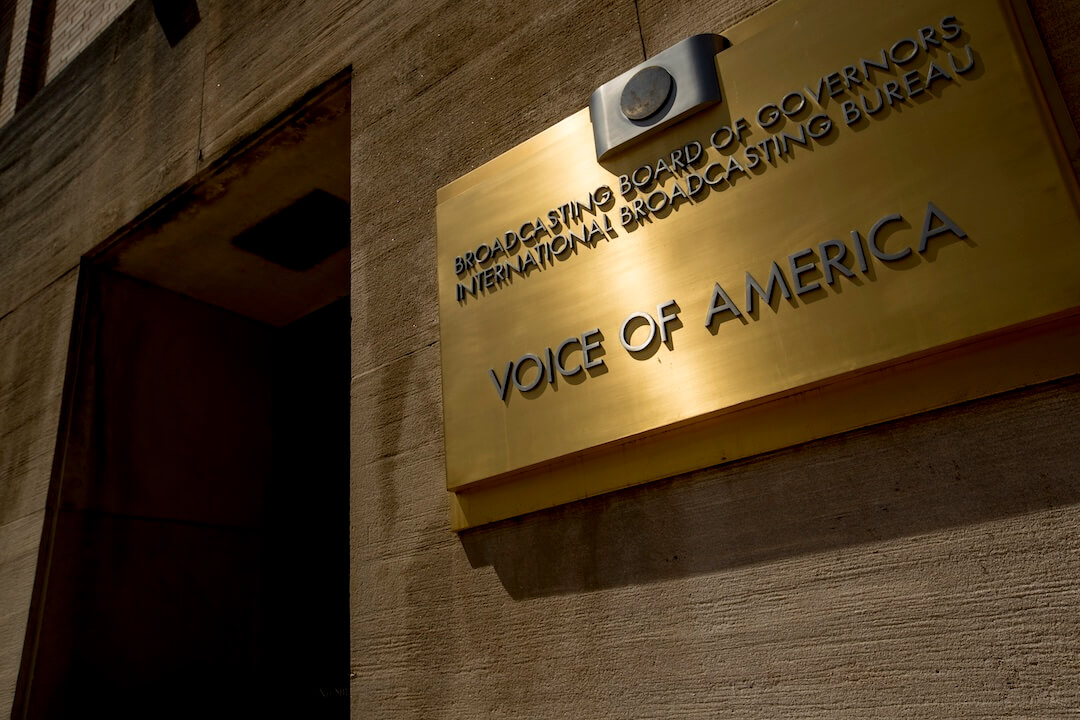For six years, Richard Prince of The Maynard Institute has authored the three-times-a-week column, “Journal-isms,” to show how journalism shapes, or is shaped by, diversity. This week, he has written about an editor who touts diversity, the media’s use (or lack thereof) of the word racist, and the gap between blacks and whites.
I asked Prince some questions by e-mail about his work with “Journal-isms” and his ideas about the media’s coverage of diversity. Here’s an edited version of our Q&A.
Mallary Tenore: When you surf the Web, what sites do you visit to find stories about people of different ethnic backgrounds?
Richard Prince: I have a list of sites that I use to cull items about diversity issues in the news business. Among them are sites about people of different ethnic backgrounds, such as indianz.com, the latinalista blog, marketing y medios, New America Media and AsianWeek.
Who would you say is the target audience for “Journal-isms”?
Prince: The target audience is primarily journalists — of any race — although the column [which receives about 60,000 unique visitors per month] reaches others who are interested in diversity issues in the news media.
There seems to be a tension between the Web, which allows users to find niche areas of content, and journalism, which ideally seeks to reach widespread audiences. When putting together “Journal-isms” each day, how do you handle that tension of maintaining your core audience while still trying to appeal to other audiences as well?
Prince: I don’t see that conflict. Journalism seeks to be entertaining and reach a broad audience, and so does “Journal-isms,” even as it targets its core audience — people interested in diversity issues in the news media. Part of it comes in the definition of what is a diversity issue. How Sen. Barack Obama is covered is a diversity issue to “Journal-isms” readers; thus you will find more items about that than you would on other sites about the news media. Tavis Smiley, the commentator, dabbles in journalism and is also a media personality. I’ve had some of my biggest audiences when writing about Smiley. Do I consider that when something about Smiley comes up? Of course.
Talk a little about the feedback you receive on your site and how you handle racially-charged comments. How transparent are you with users about the policy/thought process you use to evaluate comments?
Prince: I publish nearly all comments and have not had a problem with racially offensive ones because we asked people to e-mail them to me. We did have that problem when people could post the comments themselves on a message board. Kenneth Eng’s infamous essay for AsianWeek, “Why I Hate Blacks,” prompted a lot of them. We shut down the message board when it received too much spam.
Comments that come directly to me are more thoughtful and professional than those on message boards, and they can be improved through editing, as newspaper letters to the editor are.
What are journalists doing well in terms of covering diversity? What still needs work?
Prince: Many journalists know how to include a source or two of color in their stories. Getting their arms around the different ways people in those groups look at issues, and look at news, is more problematic. We don’t always see that not everyone agrees with our premises. The controversy over the Rev. Jeremiah Wright is a good example. Were his comments “racist” or a reaction to racism? Were they “anti-American” or simply critical of U.S. government policies?
This comes up again in decisions about what is news and what’s not. That’s where diversity among the news appraisers is important.
Later this month, Prince will join about 40 other journalists for Poynter’s “Diversity in the Digital Age” pre-UNITY workshop to talk about diversity-related content, craft, staffing and recruiting. Diversity at Work will feature live blog updates from the workshop, which is scheduled to take place Tuesday, July 22, and Wednesday, July 23. Look for more Diversity at Work Q&As with the workshop participants next week.






